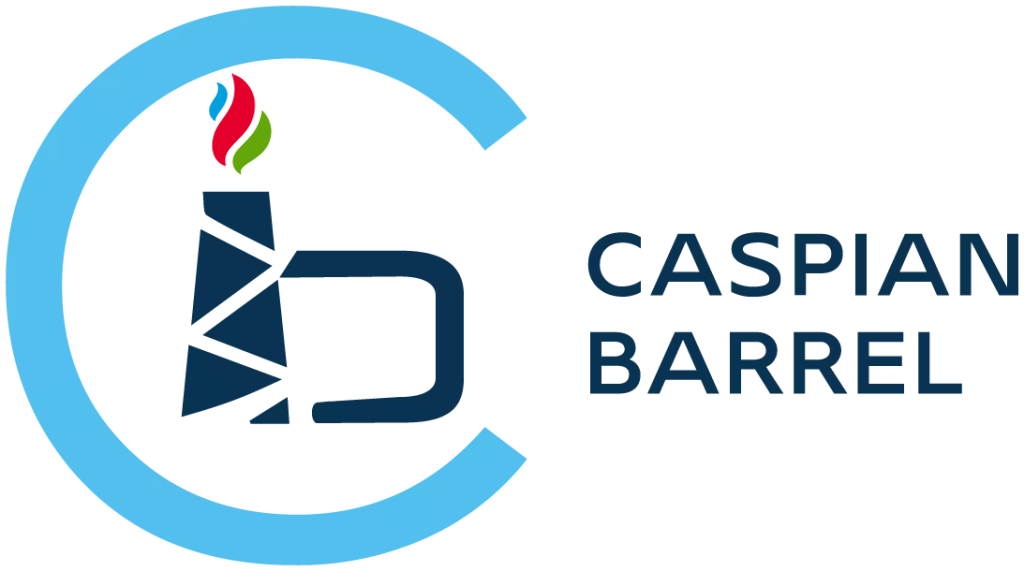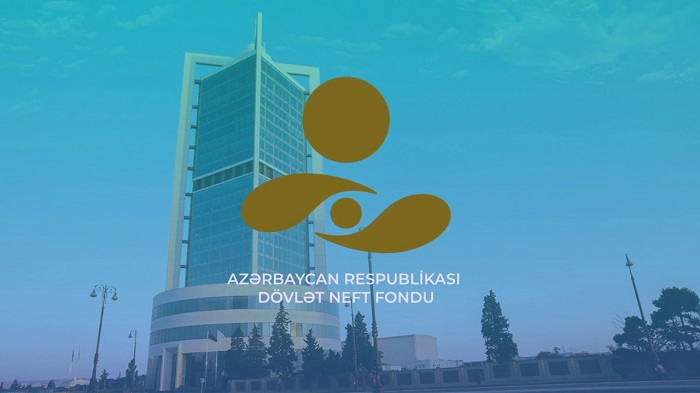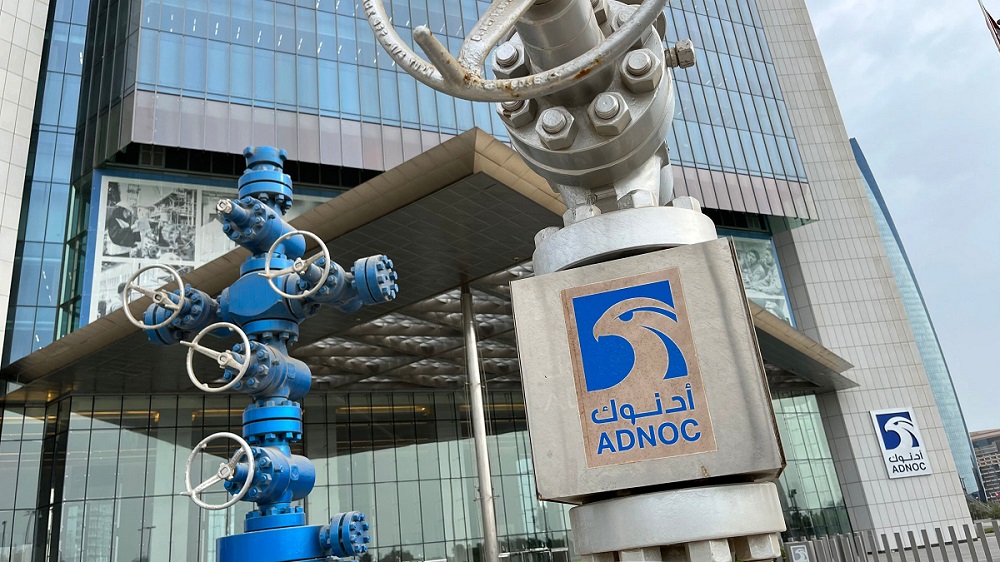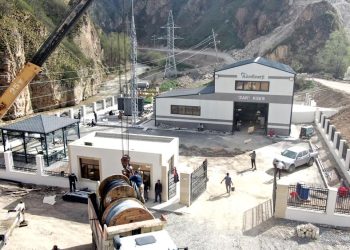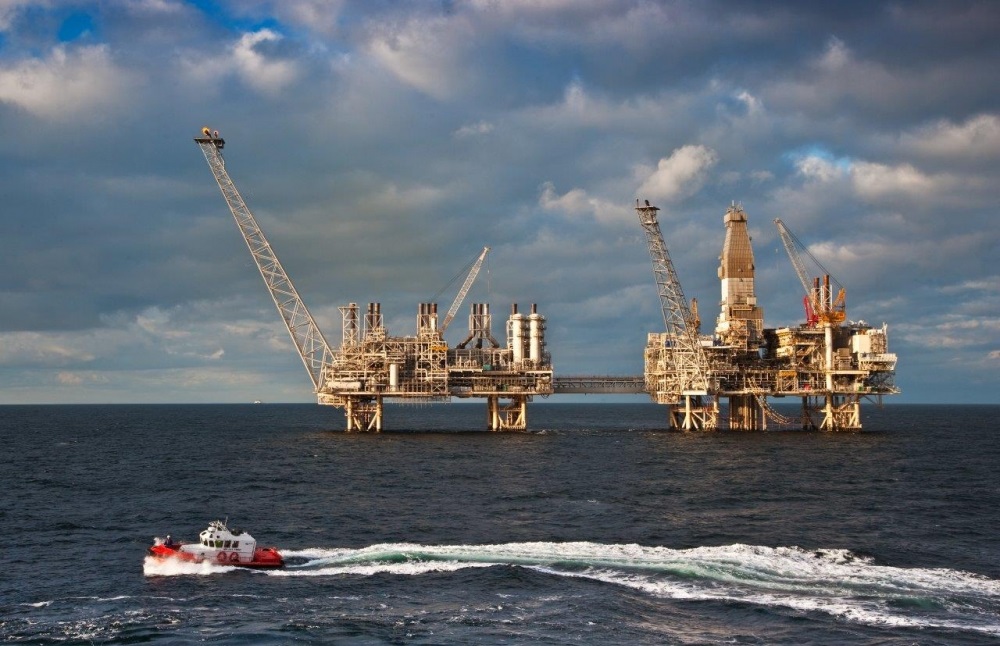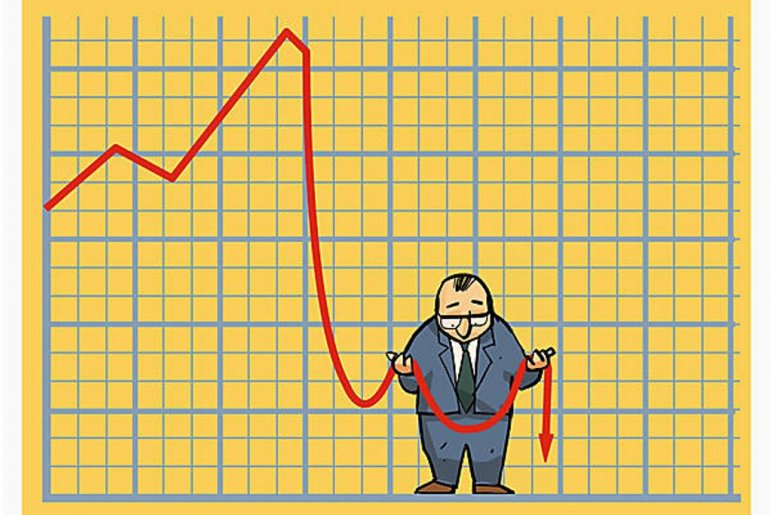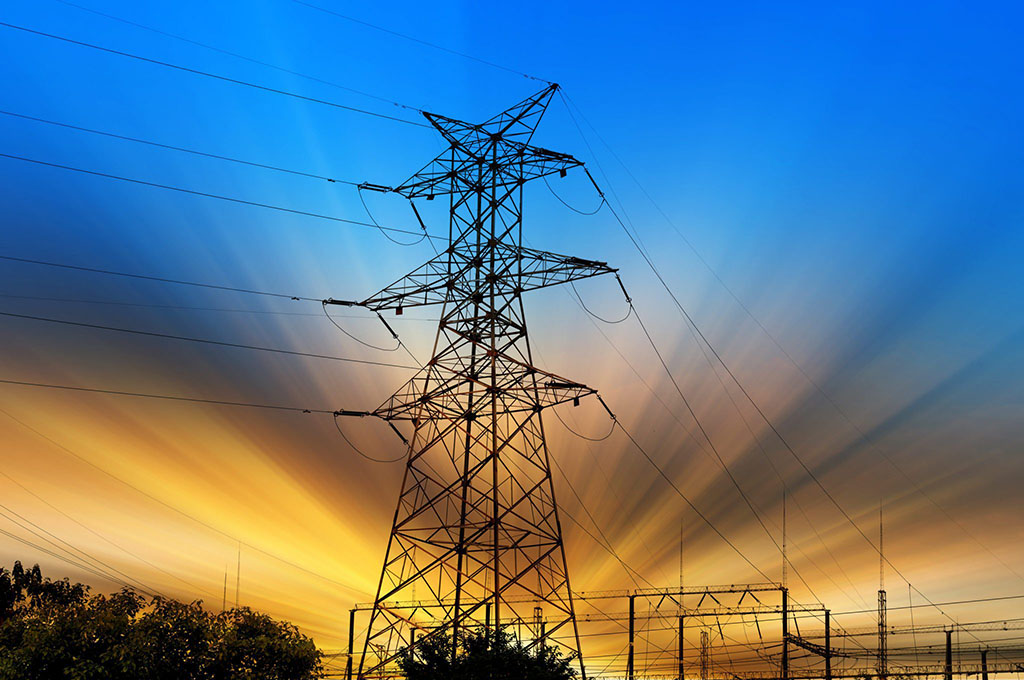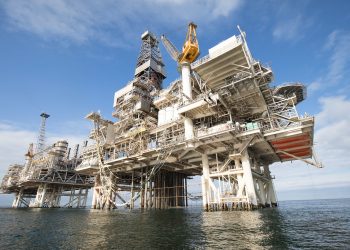The US is about to start its first new LNG export facility for over four decades. And it’s pointing its tankers to Europe, Gazprom’s largest and most important gas market.
In Paris last week, Cheniere Energy chief executive Charif Souki said the 25mn t/yr Sabine Pass project could deliver LNG to Europe at $4.50/mn Btu. This is close to the breakeven cost for Gazprom delivering to Europe, according to Societe General European gas and LNG analyst Thierry Bros.
He estimates Gazprom would need prices of $4.50-5/mn Btu, including transport and taxes. This means the US slightly edges out Russia on price to supply Europe. How will Gazprom react? Gazprom’s sales to Europe and Turkey — excluding the Baltic states — were 146.6bn m³ last year and accounted for 30.2pc of the total volume of natural gas consumed in Europe. “Our key objectives in the European market are to maintain our market-leading position, provide for reliable gas supply, and increase the efficiency of our marketing activities,” Gazprom said earlier this month.
Gazprom could hope for higher US Henry Hub gas prices to edge out US LNG. The average 2015 price for the year to date is $2.73/mn Btu. It was $4.38/mn Btu for the same period in 2014. But the Henry Hub forward curve shows prices remaining below $3/mn Btu for nearly all of 2016.
Or Russia could drop the price of gas delivered to Europe and increase supplies. It has over 370bn m³/yr of pipeline transport capacity, so plenty of options. It did exactly that when Lithuania started importing LNG, and dropped the gas prices. Buyers turned to Russian pipeline supply, and now Lithuania is oversupplied in LNG, and trying to divert its Norway supplies. But dropping prices for Lithuania is an entirely different prospect than dropping prices for Germany.
Gazprom could ask the government to lower the taxes it has to pay. One of the benefits of being a state-run firm is your lobbying clout. It could also try to ride out the glut. Gazprom’s supplies to Europe are on take-or-pay contracts, so a certain amount of Russian gas will go to Europe regardless. And less pipeline maintenance could reduce Gazprom’s European delivered costs to around $3/mn Btu.
The US Sabine Pass project is targeting the first export in December, and train 1 is scheduled to be fully complete by March 2016, which means it would start long-term contractual deliveries after that. It is the first new US LNG export project since the 1.5mn t/yr Kenai plant started in 1969.
Just to add to Gazprom’s problems, another Australian project started exporting on 16 October. The first LNG cargo from the 7.8mn t/yr Gladstone project is heading to South Korea. And the 9mn t/yr Australia-Pacific LNG (APLNG) plant is expected to export it first LNG next month, while the 15.6mn t/yr Gorgon LNG project is due to start up in 2016.
New LNG supplies and low Asia-Pacific demand mean that UK LNG imports for October are on course to be the highest for the month since 2011, with Qatari volumes diverted west. The UK could now receive up to 2.35mn m³ of LNG on 1-25 October — judging by vessel size — the highest for the month since the 3.07mn m³ imported in October 2011.
In any case, more LNG is likely to head to Europe regardless of what Gazprom does. And Europe won’t turn its back on its largest supplier in a hurry either.
argusmedia.com
